Natives are getting a lot of attention these days, and for good reason. They can be better adapted to our hot humid summers, generally drought tolerant once established, and attract a whole host of great pollinators and other insects that are important for native birds to thrive.
Natives also can handle a range of difficult site conditions as they are adapted to places like wetlands, poor soils, and other challenges that make them a good low-maintenance option when sometimes ornamentals can't handle ‘wet feet.’
In order to understand natives and where best to use them in the landscape, let's do a little Natives 101:
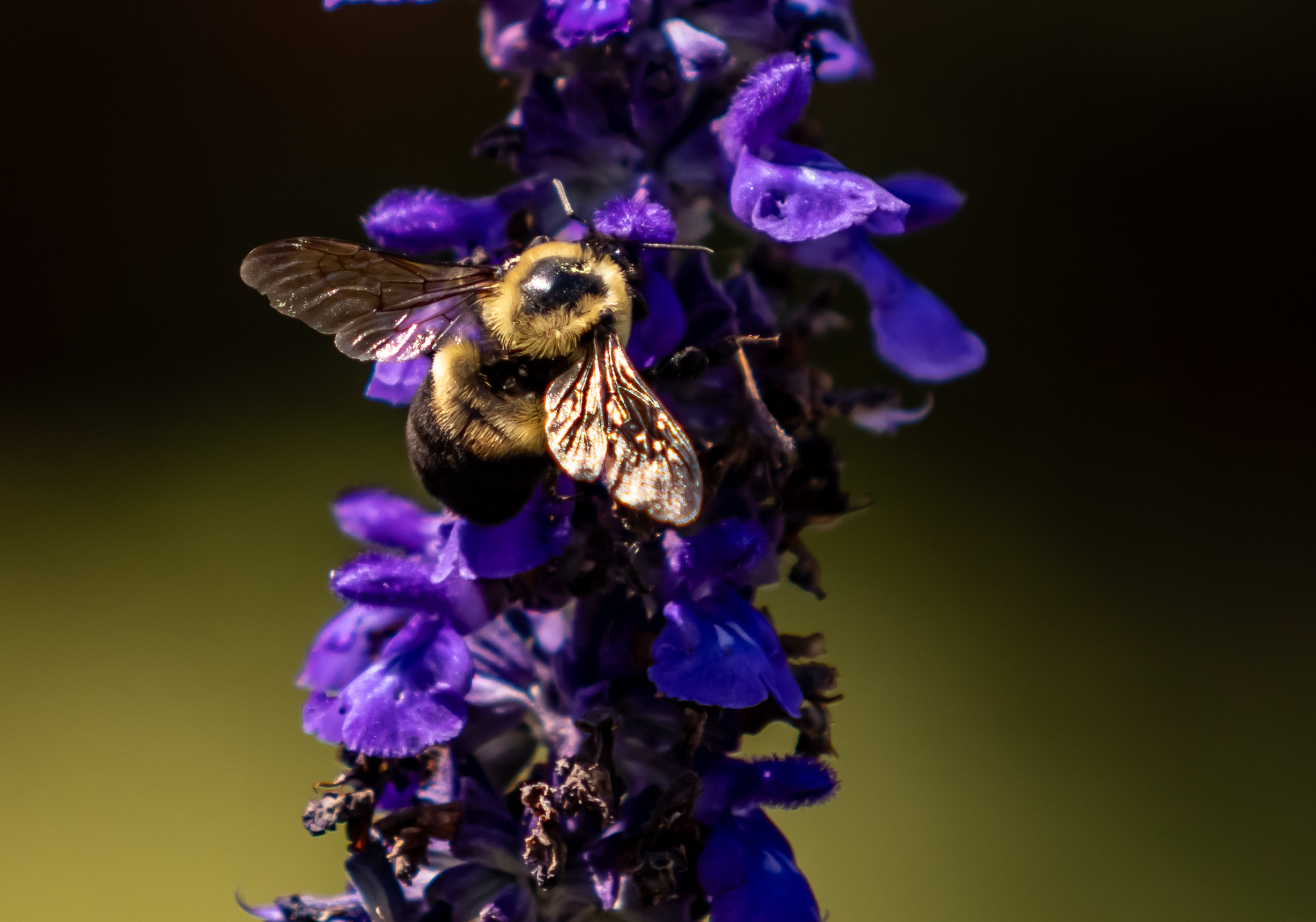
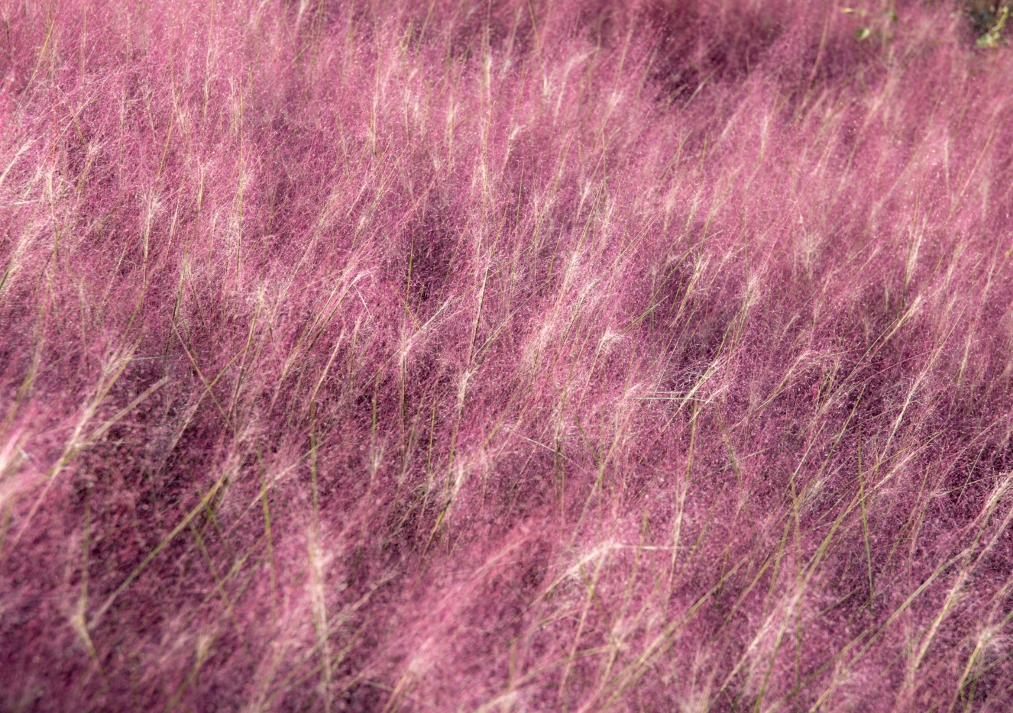
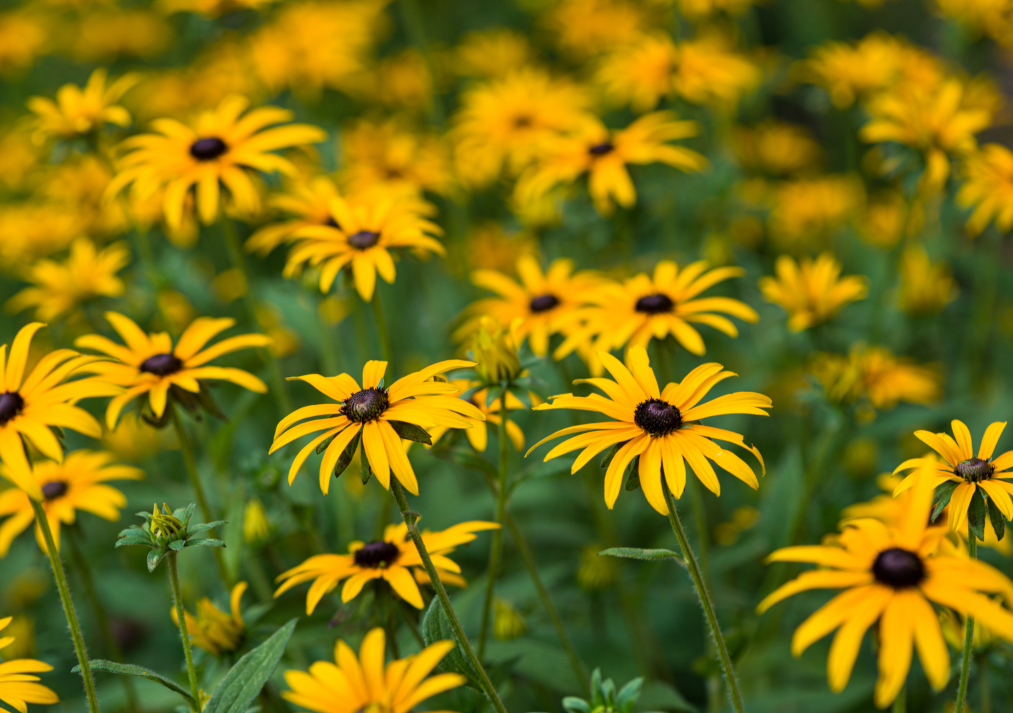
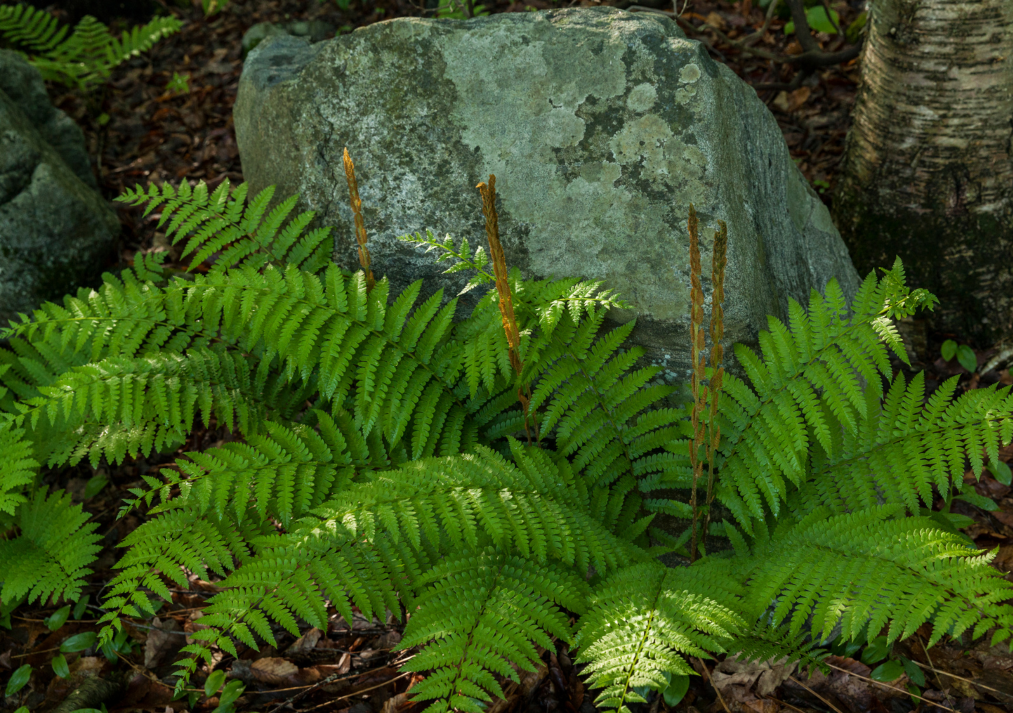


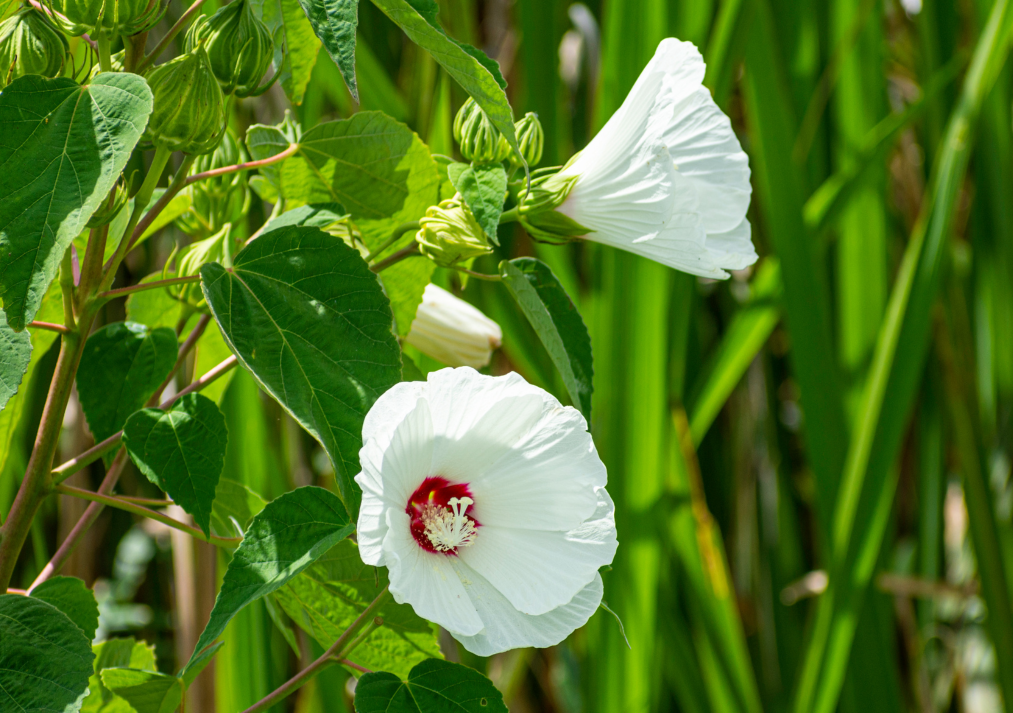
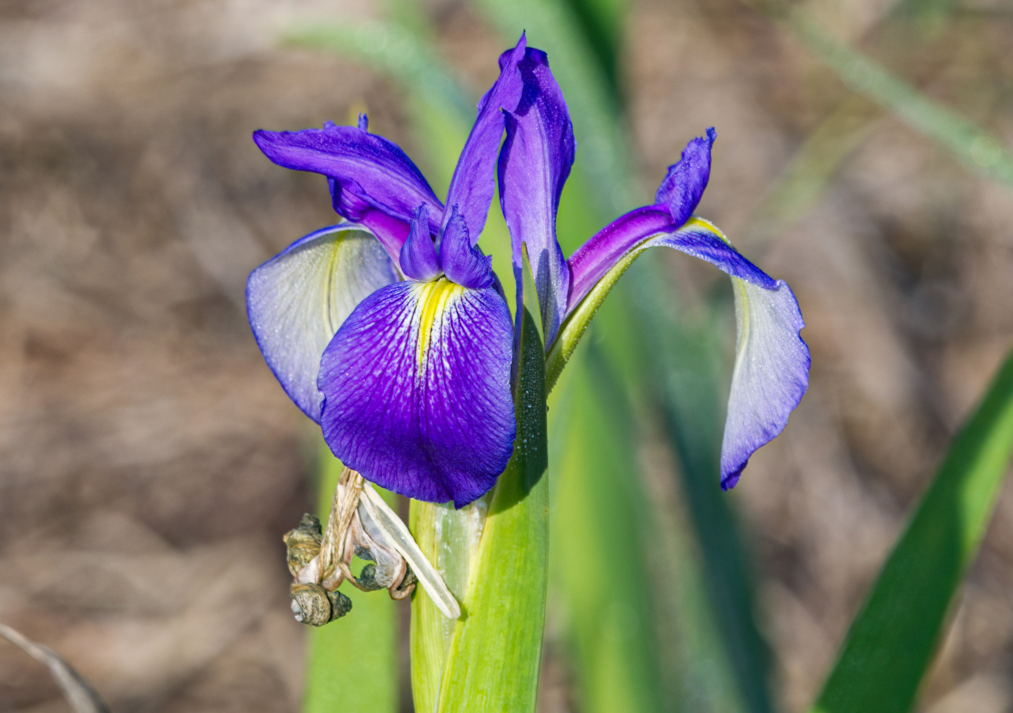
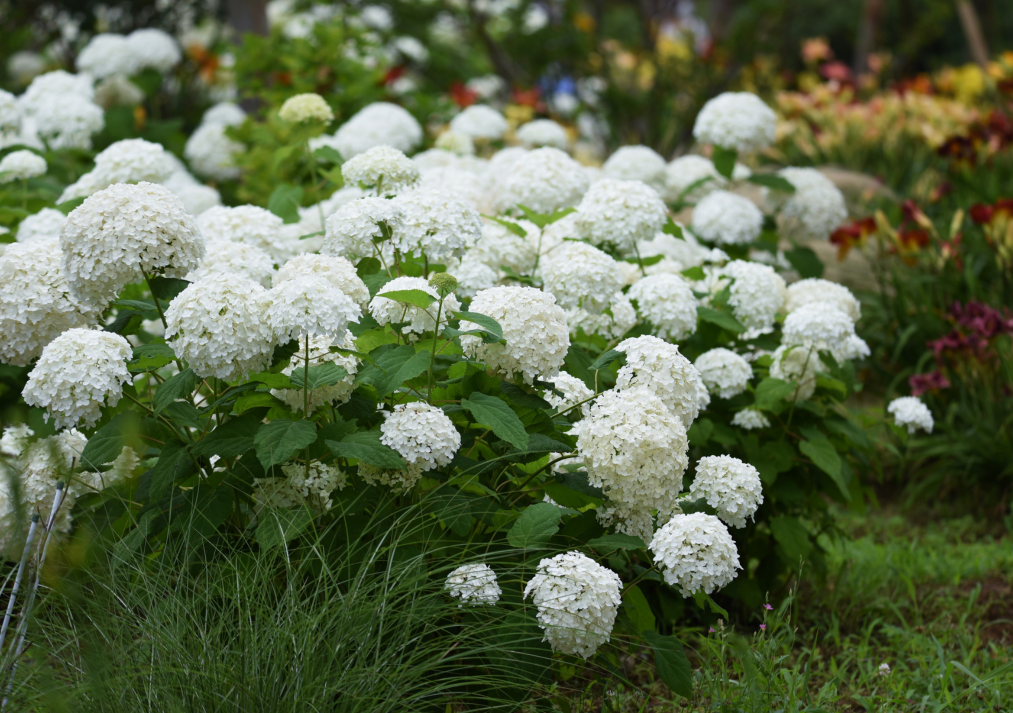
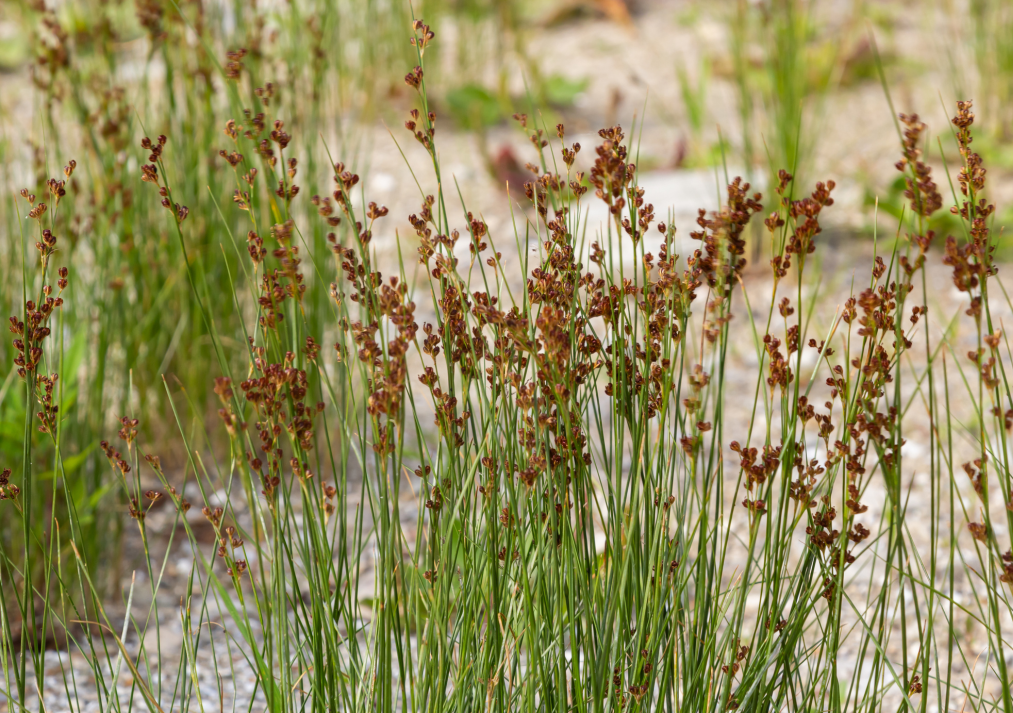
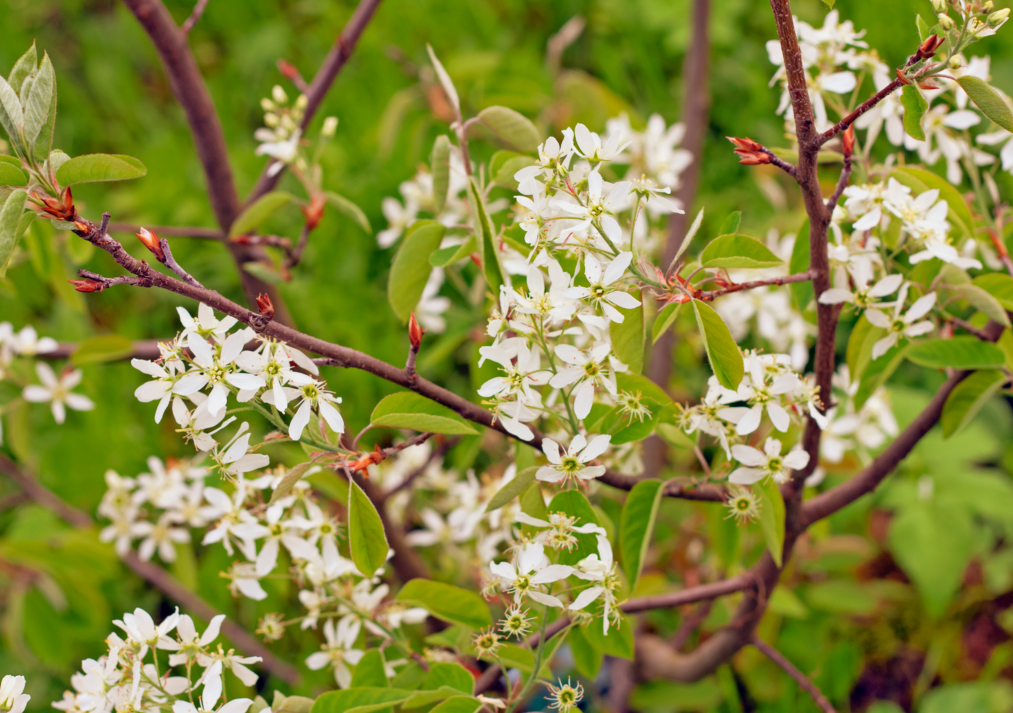
What is a ‘native plant’?
- A native plant is a broad term referring to any planting that is indigenous, meaning originating from North America.
- Native can also sometimes mean more specifically native to the southeast of Virginia, but more often it is mostly referring to plants that are adapted to North America in general.
- These plants are sometimes referred to as ‘True Natives’ meaning they are naturally occurring in nature, and have not been bred to have any special characteristics other than what Mother Nature has given them.
What is a ‘cultivar’?
- A cultivar is a widely used term referring to plants that have been carefully grown to exhibit certain desirable characteristics like new colored blooms, variegated foliage, and disease resistance, to name a few.
- Cultivars are responsible for a lot of our ornamental options in the landscape and have greatly expanded the plants we see available today.
What is a ‘nativar’?
- Nativar is a colloquial term sometimes used in the Green industry to indicate a cultivated variety of a native plant. Growers have taken some of the best traits found in ‘True Natives’ and tried to expand upon them in the same way they have done to exotic plants. I.e to have bigger blooms, longer blooming cycles, dwarf characteristics, etc.
- It’s important to note that ‘Nativar’s are not true natives, however they have a great place in the landscape and shouldn’t be ignored just because they aren’t the original plant found in the wild.
- Often ‘true’ natives can be hard to grow in a nursery setting, and so sometimes your only option is a ‘Nativar.’ Or else the ‘True’ native planting has certain characteristics that are less desirable in the space intended.
- Critics of Nativars have cited that the modified blooms might not provide the same level of benefits to pollinators or wildlife. Unfortunately there isn't much data on this conclusively either way, and ultimately more research is needed to determine the full benefits or drawbacks to wildlife by using nativars.
All that being said, here is a list of our Top 10 Natives and Nativars for Hampton Roads Virginia:
Pink Muhly Grass Muhlenbergia capillaris
Everyone’s favorite pink fluff ball! This native grass emerges in spring with slender green arching foliage, then in summer the flowers begin to emerge and persist all through late summer and fall with a fluffy haze of pink. It only grows to be around 30-36” tall and wide, and works great in mass plantings or lines to create a softly swaying impact in the landscape. Drought tolerant once established.
Favorite Nativars: Muhlenbergia capillaris ‘White Cloud‘- a white blooming variety that gets a bit larger, around 3-4’ tall and wide.
Muhlenbergia capillaris ‘Ruby’ - a redder-pink version of pink muhly grass that is a newer addition to the nursery trade.
Black Eyed Susan Rudbeckia hirta
A sunny and cheerful addition to any landscape, Black Eyed Susans are so beautiful naturally they have been a garden staple for years, and they are native! This reliable perennial is very easy to row and features daisy-like blooms over ovate foliage with a rough texture. They self-seed which helps keep a long-term presence in the garden and usually grow to be around 3’ tall and 3’ wide.
Favorite Nativars: Rudbeckia hirta ‘Indian Summer’ - this variety produces extra large blooms (6”-9” in diameter) creating a big impact in borders.
Rudbeckia hirta ‘Cherry Brandy’ - a really beautiful selection of Black Eyed Susan with red to maroon colored blooms surrounding their characteristic dark centers. Grows a bit smaller too, around 24” tall and 16” wide.
Christmas Fern Polystichum acrostichoides
Christmas Fern is a gorgeous addition to any shady bed in your landscape, it's an evergreen fern in our climate with leathery, lance-shaped leaves. The new fiddleheads appear in spring and are an attractive silvery color when they first emerge. Growing to be around 2’ tall and 2’ wide at maturity, this is a great option to fill in a shaded bed.
Favorite Nativars: None, this plant is so great, we haven’t needed any yet!
Virginia Sweetspire Itea virginica
Virginia Sweetspire is a medium sized deciduous shrub, growing to be around 3-5’ tall and wide at maturity. It grows well in average, medium to wet well drained soil and tolerates full sun to part shade. It features fragrant, tiny white flowers in clusters that delicately hang on the ends of the branches. A great pollinator attractor, as well as great fall coloring, turning shades of red, orange, and gold before losing its leaves for the winter.
Favorite Nativars: Little Henry Itea or Itea virginica ‘SPRICH’ (PP#10988) - is a shorter cultivar with low mounded, compact growth only growing to be 2-3’ tall and 3’ wide at maturity.
Clethra Summersweet Clethra alnifolia
Clethra Summersweet is another great deciduous blooming shrub, very attractive to pollinators. It prefers part shade and consistently moist acidic, sandy soils, but can also tolerate clay. It’s native to the swampy woodlands and is common in wet marshes, along stream banks and seashores. Can get to a good size too, often 5-8’ tall and 4-6’ wide at maturity. If you have a moist spot in your garden, with full sun to part shade, this is a great pick.
Favorite Nativars: Ruby Spice Clethra or Clethra alnifolia ‘Ruby Spice’ - a gorgeous variety with deep pink flowers with red highlights in summer. Grows a bit smaller than the original plant, only getting to be around 5’ tall and 4’ wide at maturity.
Hummingbird Clethra or Clethra alnifolia ‘Hummingbird’ - A dwarf variety, topping out at 3’ tall and 3’ wide at maturity.
Swamp or eastern Rose-mallow Hibiscus moscheutos
Another great pick for a perpetually damp spot in your garden, eastern Rose-mallow, also known as Hardy Hibiscus is a gorgeous perennial with impressive dinner-plate sized blooms that resemble the tropical Hibiscus plant. They come in shades of pink, white, cream, red, and purples, sometimes with contrasting center ‘eyes.’ It can typically grow to be 3-7’ tall and 2-4’ wide and is native to wet sites like marshes, swamps, floodplanes, riverbanks, etc.
Favorite Nativars: Head Over Heels® Collection - Hibiscus moscheutos sp. - this collection features stunning varieties like Adore™, Blush™, Desire™, Dream™, & Passion™ Hibiscus. Ranging in colors from light pink with deep pink center (Blush™) to Deep red (Desire™) White with red center (Dream™) and more. Truly stunning.
Virginia Blue Flag Iris virginica
Blue Flag Iris is native to wetlands, marshes, lake sides, stream banks and other moist, open areas with good sunlight. It features violet-blue flowers with yellow and white center colorings. The individual flowers can range in color from very light blue all the way to purple. It typically grows to be around 2’ tall and spreads slowly with underground rhizomes.
Smooth Hydrangea Hydrangea arborescens
This beautiful native hydrangea is a wonderful deciduous shrub known for its creamy-white blooms. It usually grows to be around 3-6’ tall and wide at maturity, and is perfect as a flowering hedge or planted in mass for an impressive bloom display. The flowers also make good cut flowers, and can also be dried or preserved.
Favorite Nativars: Annabelle Hydrangea - Hydrangea arborescens ‘Annabelle’ - A truly spectacular variety with extra large white blooms (often 8-12” across!) from June through September.
Common Rush Juncus effusus
Common Rush, also known as Soft Rush, is a native wetland perennial that is grass-like with smooth upright cylindrical stems. It grows well in wet, unloved places, like ditches, bogs, swamps, marshes, etc. These qualities make it a great selection for that difficult place in your yard that just always seems to hold water. Although the stems appear coarse and stiff, they are actually soft to the touch, thus the name ‘Soft Rush.”
Favorite Nativars: Big Twister Corkskrew Rush - Juncus effusus ‘Big Twister’ - A fun variety with curly corkscrew foliage that uncoil as they mature and spread out. Great for interest and texture in planters!
Serviceberry Amelanchier canadensis
Serviceberry is a deciduous plant that is often grown as a large shrub, or small tree. Growing to be around 15-30’ tall, it features showy white blooms in early spring before the leaves appear. It has great fall coloring, orange-red in autumn, and the flowers transform into small rounded berries that are edible and very attractive to native birds and wildlife.
Favorite Nativars: Rainbow Pillar Serviceberry - Amelanchier canadensis ‘Glen Form’ - A variety chosen for its dense, upright and symmetrical growth habit. Their leaves are also resistant to powdery mildew and turn a mix of bright red and green in the fall. This variety does produce less fruit than the original, so if you are looking for that attribute you are better off with the original.
